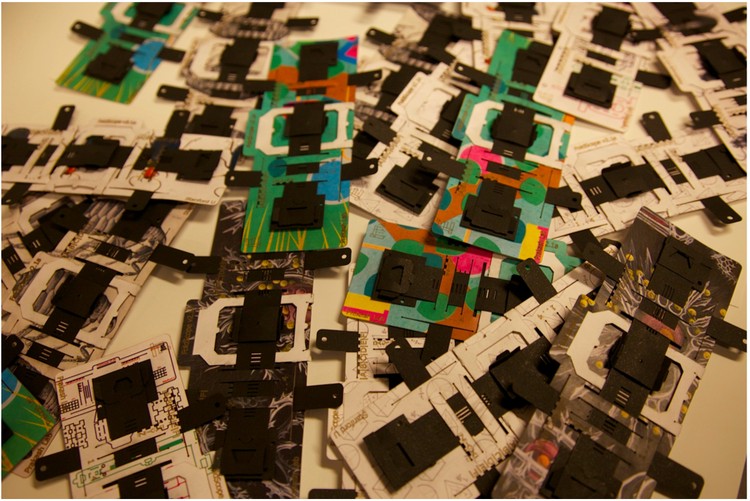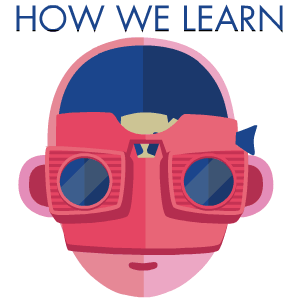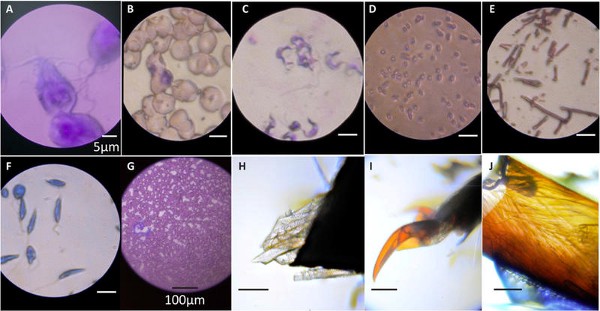

Stanford biophysicist Manu Prakash has a mission: Get a microscope in the hands of every single kid in the world. All two billion of them. And he’s going to do this with a pocked-sized origami microscope made of paper.
The devices are known as Foldscopes. They each weigh less than two nickels, and cost less than a dollar. Made up of paper, a lens, a battery and an LED, they can be easily assembled in under 10 minutes and are durable enough to survive getting trod underfoot and falling three stories from a building. At the same time, Foldscopes provide up to roughly 2,100X magnification, enough to see details smaller than nearly all cells.
“What we set as a goal to design was “‘a ballpoint pen of microscopy,’ ” Prakash said. “With this in mind, my lab explored what are the means and mechanisms to make something at very large scale, to keep the costs so low that we could truly deliver these microscopes to people all around the world.”
To that end, the researchers are currently beta-testing Foldscopes with 11,000 or so volunteers from 130 countries across the world, hoping for people to learn more about science and medicine in the field.
“We have an organization in the Swat Valley in Pakistan focused on microbial education and how it connects to health care,” Prakash said. “We have schools in Tanzania exploring sanitation education as a means to make a change in perception about sanitation. We have a kid who wants to use microscopes to detect fake currency. I can go on and on.”
Prakash noted that education about science, “especially in developing countries and in our own nation, is decoupled from context and reality. What you can see, taste and smell and touch makes a deep impression on you. We are enabling people to see the invisible, to get this power in the hands of anyone and everyone.”

“My wish is to bring broad and powerful scientific tools to the hands of people you would least expect them to be in, and use them for explorations that are dictated by the people themselves–not what some scientist told them to do, but what they wanted to look at and are curious about,” Prakash said.
However, Foldscopes could do more than help people learn about science–future versions could also help people fight disease. “We are conducting clinical studies to diagnose infectious disease, including many neglected tropical diseases,” Prakash said. “Microscopy is the gold standard for a large number of diseases, and we are building new disease-specific microscopes to tackle this issue.”
Prakash and his colleagues detailed their in the journal PLOS ONE . They plan to launch a spin-off company to bring Foldscopes to the public after the beta test.


How We Get To Next was a magazine that explored the future of science, technology, and culture from 2014 to 2019. This article is part of our How We Learn section, on the future of education. Click the logo to read more.
